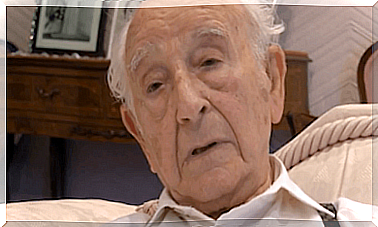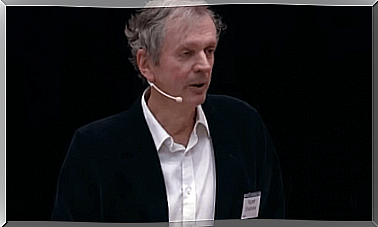Neuroscience, A Way Of Understanding The Behavior Of The Mind
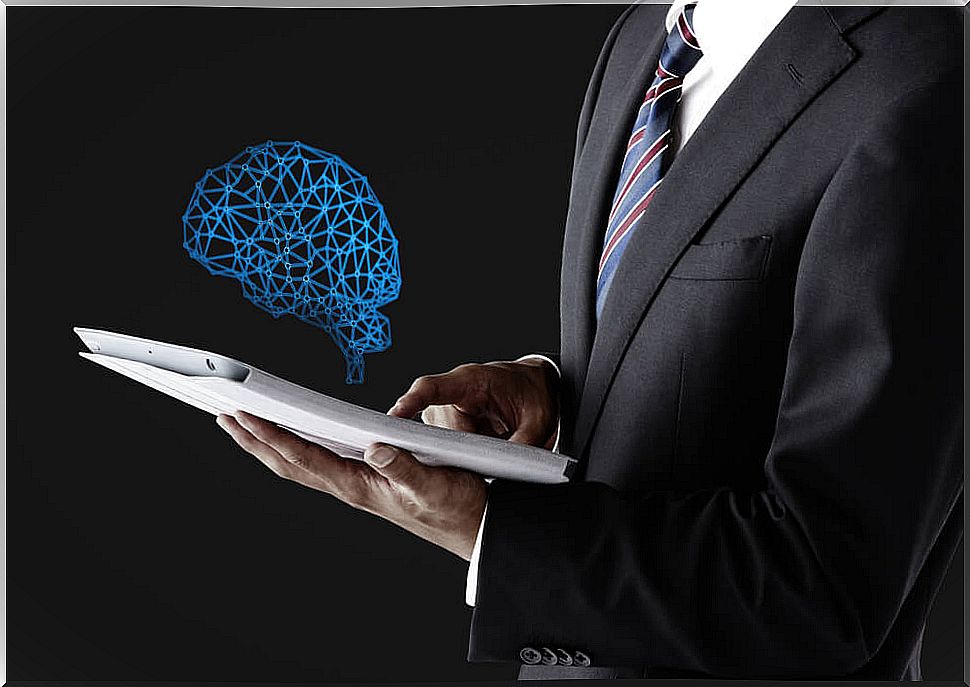
Neuroscience has traditionally had the objective of knowing the functioning of the nervous system. Both at a functional and structural level, this discipline tries to understand how the brain is organized. In recent times, it has gone further, wanting not only to know how the brain works, but also the impact it has on our behaviors, thoughts and emotions.
The goal of relating the brain to the mind is the task of cognitive neuroscience. It is a cross between neuroscience and cognitive psychology. The latter deals with the knowledge of higher functions such as memory, language or attention. So, the main goal of cognitive neuroscience is to relate the functioning of the brain to our cognitive abilities and behaviors.
The development of new techniques has been of great help in this field in order to carry out experimental studies. Neuroimaging studies have facilitated the task of relating specific structures with different functions, using a very useful tool for this purpose: functional magnetic resonance imaging.
The beginnings of neuroscience
One cannot speak of the beginnings of neuroscience without naming Santiago Ramón y Cajal, since he formulated the neuron doctrine. His contributions to the problems of development, degeneration and regeneration of the nervous system are still current and are still being learned in the faculties. If a starting date for neuroscience is to be set, it would be in the 19th century.
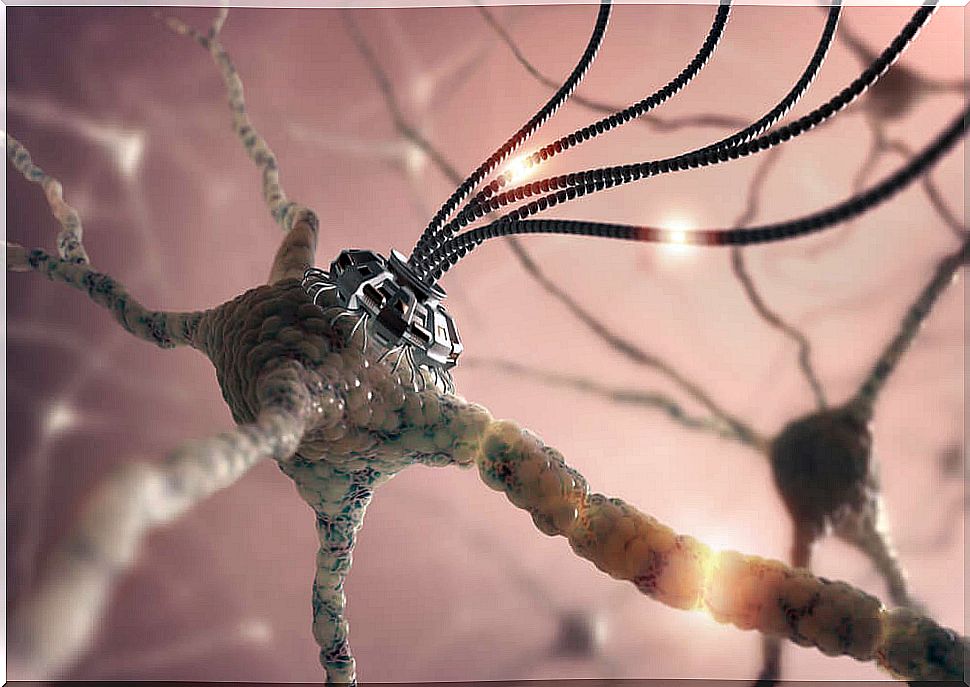
With the development of the microscope and experimental techniques, such as tissue fixation and staining or research on the structure of the nervous system and its functionality, this discipline began to develop. But neuroscience has received contributions from numerous areas of knowledge that have helped to better understand the functioning of the brain. It can be said that the successive discoveries in neuroscience are multidisciplinary.
It has received great contributions throughout the history of anatomy, which is responsible for locating each of the parts of the body. The physiology more focused on knowing how our body works. Pharmacology with substances external to our body, observing the repercussions on the body and biochemistry, using substances secreted by the body itself, such as neurotransmitters.
Psychology has also made important contributions to neuroscience, through theories of behavior and thought. Over the years, the vision has changed from a more localization perspective, in which it was thought that each area of the brain had a specific function, to a more functional one in which the objective is to know the global functioning of the brain.
Cognitive neuroscience
Neuroscience encompasses a very broad spectrum within science. It includes from basic research to applied research that works with the impact of the underlying mechanisms on behavior. Within neuroscience, cognitive neuroscience tries to discover how higher functions such as language, memory or decision-making work.
Cognitive neuroscience has as its main objective to study the nervous representations of mental acts. It focuses on the neural substrates of mental processes. That is, what impact does what happens in our brain have on our behavior and our thoughts?
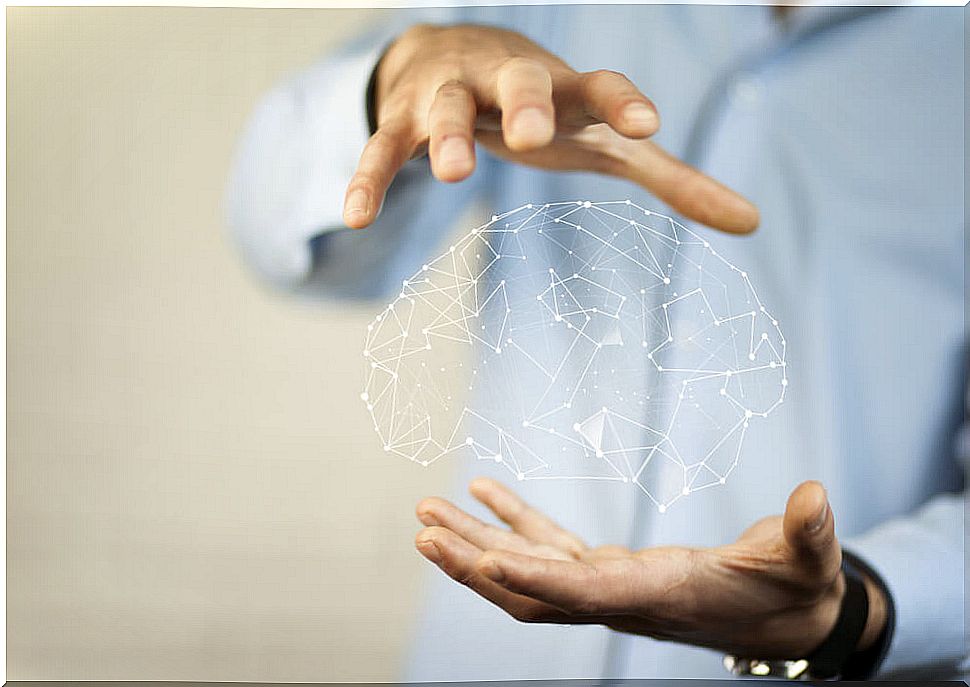
They are the areas of association, which do not have a specific function, those in charge of interpreting, integrating and coordinating sensory and motor functions. They would be responsible for higher mental functions. The areas of the brain that govern functions such as memory, thinking, emotions, consciousness, and personality are significantly more difficult to locate.
Memory is linked to the hippocampus, located in the center of the brain. When it comes to emotions, the limbic system is known to control thirst and hunger (hypothalamus), aggression (amygdala), and emotions in general. It is in the cortex, where cognitive capacities are integrated, the place where our capacity to be conscious, to establish relationships and to make complex reasoning is found.
Brain and emotions
Emotions are one of the essential characteristics of the normal human experience, we all experience them. All emotions are expressed through visceral motor changes and stereotyped somatic and motor responses, especially movements of the facial muscles. Traditionally, emotions were attributed to the limbic system, which is still the case, but more brain regions are involved.
The other areas to which the processing of emotions extends are the amygdala and the orbital and medial aspect of the frontal lobe. The joint and complementary action of these regions constitute an emotional motor system. The same structures that process emotional signals participate in other tasks, such as rational decision-making and even moral judgments.
The visceral and somatic motor nuclei coordinate the expression of emotional behavior. Emotion and the activation of the autonomic nervous system are closely linked. Feeling any type of emotion, such as fear or surprise, would be impossible without experiencing an increase in heart rate, sweating, trembling … It is part of the richness of emotions.

Emotions are an adaptive tool that informs others about our state of mind. Homogeneity in the expression of joy, sadness, anger … has been demonstrated in different cultures. It is one of the ways we have to communicate and empathize with others.
Memory, the warehouse of our brain
Memory is a basic psychological process that refers to the coding, storage and retrieval of learned information (Bajo, 2016). The importance of memory in our daily lives has motivated various investigations on this topic. Forgetfulness is also the central theme of many studies, since many pathologies have amnesia, which seriously interferes with day-to-day life.
The reason that memory is such an important topic is that it resides a good part of our identity. On the other hand, although forgetting in a pathological sense worries us, the truth is that our brain needs to discard useless information to make way for new learning and significant events. In this sense, the brain is an expert in recycling its resources.
Neural connections change with the use or disuse of these. When we retain information that is not used, neural connections weaken until they disappear. In the same way that when we learn something new we create new connections. All those learnings that we can associate with other knowledge or life events will be easier to remember.
Knowledge of memory increased as a result of studying cases of people with very specific amnesia. Specifically, they have helped to better understand short-term memory and the consolidation of declarative memory. The famous HM case emphasized the importance of the hippocampus in establishing new memories. Instead, the memory of motor skills are controlled by the cerebellum, primary motor cortex, and basal ganglia.
Language and speech
Language is one of the skills that differentiates us from other animals. The ability to communicate with such precision and the large number of nuances to express thoughts and feelings, makes language our richest and most useful communication tool. This unique feature of our species has led much research to focus on its study.

The achievements of human culture are based, in part, on language, which enables accurate communication. Linguistic ability depends on the integrity of several specialized areas of the association cortices in the temporal and frontal lobes. In most people, the primary functions of language are in the left hemisphere.
The right hemisphere would be in charge of the emotional content of the language. Specific damage to brain regions can compromise essential language functions and can cause aphasia. Aphasias can have very different characteristics, finding difficulties both in the articulation, production or understanding of language.
Both language and thought are not supported by a single specific area, but rather the association of different structures. Our brain works in such an organized and complex way that when we think or speak, it makes multiple associations between areas. Our previous knowledge will influence the new, in a feedback system.
Great discoveries in neuroscience
Describing all those important studies in neuroscience would be a complicated and very extensive task. The following discoveries banished some previous ideas about how our brain works and opened new avenues of research. This is a selection of some important experimental works among the thousands of existing works:
- Neurogenesis (Eriksson, 1998). Until 1998 it was thought that neurogenesis only occurred during the development of the nervous system and that after this period the neurons only died and no new ones were produced. But after Eriksson’s findings, it was found that even in old age, neurogenesis exists. The brain is more plastic and malleable than previously thought.
- Contact in parenting and cognitive and emotional development (Lupien, 2000). This study demonstrated the importance of physical contact with the baby during rearing. Those children who have had little physical contact are more vulnerable to deficits in cognitive functions that are often affected in depression or in high-stress situations such as attention and memory.
- Discovery of mirror neurons (Rizzolatti, 2004). The ability of newborns to imitate gestures led to the start of this study. Mirror neurons were discovered. These types of neurons are activated when we see another person perform a task. They facilitate not only imitation, but also empathy and therefore, social relationships.
- Cognitive reserve (Petersen, 2009). The discovery of the cognitive reserve has been very relevant in recent years. It postulates that the brain has the ability to compensate for injuries produced in the brain. Different factors such as years of schooling, work done, reading habits, or social network influence. A high cognitive reserve can compensate for the damage in diseases such as Alzheimer’s.
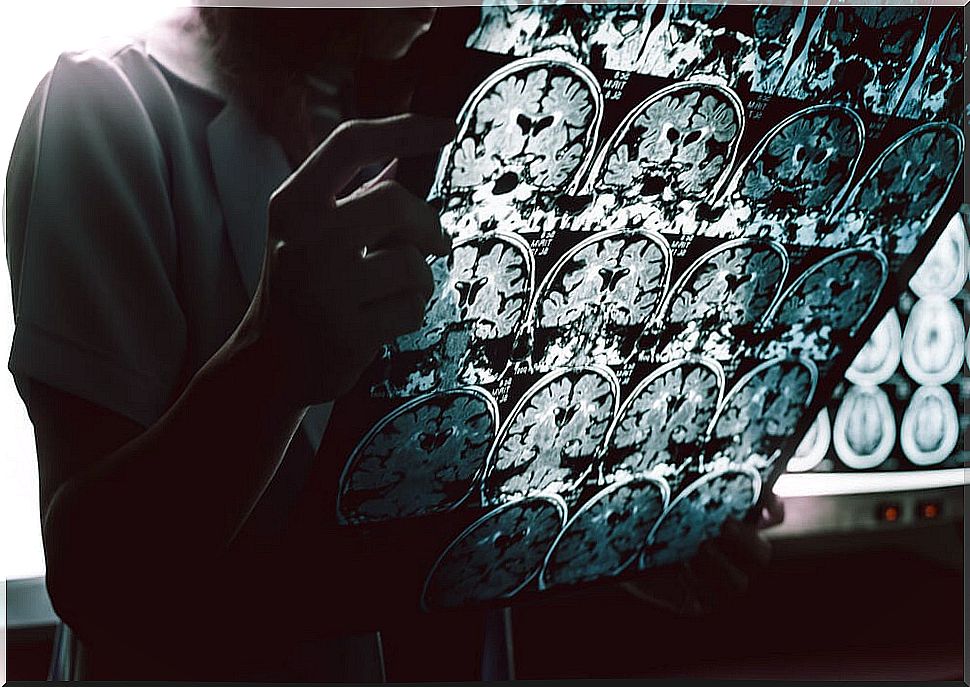
The future in neuroscience: “Human brain project”
The Humna Brain Project is a project funded by the European Union that aims to build an infrastructure based on information and communication technologies (ICT). This infrastructure wants to provide scientists around the world with a database in the field of neuroscience. Develops 6 ICT-based platforms:
- Neuroinformatics : will provide data from neuroscientific studies from around the world.
- Brain simulation : you will integrate the information into unified computer models to perform tests that are not possible to perform in people.
- High Performance Computing : It will provide the interactive supercomputing technology that neuroscientists need for data modeling and simulation.
- Neuroinformatics computing : it will transform brain models into a new class of “hardware” devices by testing their applications.
- Neuro-robotics : it will allow researchers in neuroscience and industry to experiment with virtual robots controlled by brain models developed in the project.
This project started in October 2013 and has an estimated duration of 10 years. The data that will be collected in this huge database can facilitate future research work. The advancement of new technologies is allowing scientists to have a deeper understanding of the brain, although basic research still has many doubts to clear in this exciting field.
Final reflection
Undoubtedly, neuroscience has been a great advance in the knowledge of the brain and its relationship with behavior. Thanks to neuroscience, the quality of life of many people has been improved. However, we must bear in mind that despite the fact that our behavior and actions may be subject to a physical substrate, we must not forget our freedom of choice.
Works such as those of Ehnenger and Kempermann (2007) in the field of neurogenesis show that the action of the human being can intervene in the creation of new cells and we must not abandon ourselves to the passage of time. Many people have the belief that we are “victims” of our brain, however, works like those of these authors show that we have more control than we thought.
Bibliography
Cavada, C. Spanish Society of Neuroscience: History of neuroscience. Recovered from http://www.senc.es/es/anteventuras
Eriksson, PS, Perfilieva E., Bjork-Eriksson T., Alborn AM, Nordborg C., Peterson DA, Gage FH (1998). Neurogenesis in the Adult Human Hippocampus. Nature Medicine. 4 (11), 1313-1317.
Kandell ER, Schwartz JH and Jessell TM (2001) Principles of Neuroscience . Madrid: McGraw-Hill / Interamericana.
Lupien SJ, King S., Meaney MJ, McEwen BS (2000). Child’s stress hormone levels correlate with mother’s socioeconomic status and depressive state. 976–980.
Purves, Augustine, Fitzpatrick, Hall, Lamantia, McNamara, and Williams. (2007). Neuroscience ( Third edition). Buenos Aires: Editorial Médica Panamericana.
Rizzolatti G., Craighero L. (2004). The mirror-neuron system. 169–192.
Stern, Y. (2009). Cognitive reserve. Neuropsychologia, 47 (10), 2015–2028. doi: 10.1016 / j.neuropsychologia.2009.03.004
